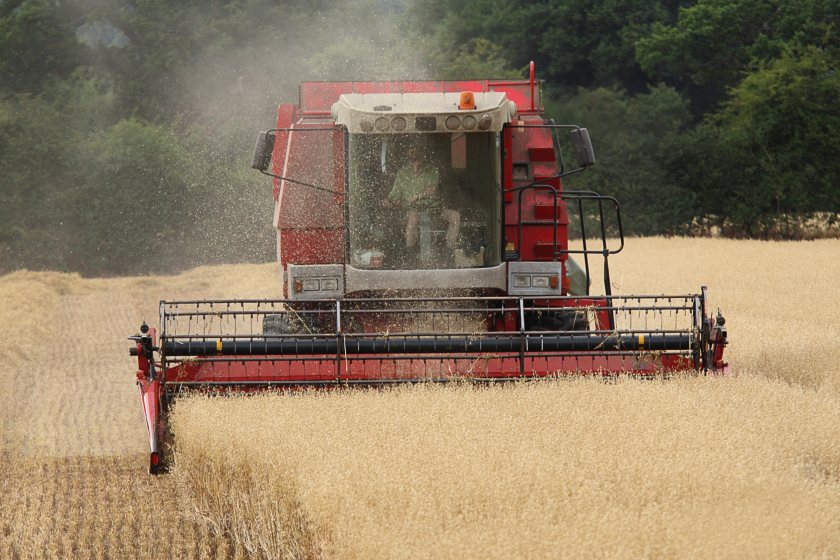
Arable farmers in England and Wales are being encouraged to share their data for this year's harvest survey, launched annually by the NFU.
The survey, which takes just a few minutes to complete, aims to help the union build a strong evidence base of how 2024 harvest has gone.
This year's data will be especially important following numerous challenges faced by growers this year, such as volatile weather and high input costs.
Farmers saw months of wet weather and flooding, combined with high production costs, ongoing market volatility and reduced farm support.
The deadline to complete the survey is 29 September, and the union said the data collected would help it lobby for a 'stronger arable sector'.
NFU combinable crops board chair, Jamie Burrows said: “We will be able to evidence how this year’s perfect storm of increased input costs and weather have affected harvest.
“We will take this forward across our lobbying, laying bare the challenges to resilience in the combinable crops sector.”
Mr Burrows said farmers’ experiences were not only important on a national scale but also at a regional level, where variations would tell the story of the disparities across the UK.
“The more regional data we have, the more tailored we can be when taking this information back to MPs and officials and the more relevant a case we can make,” he added.
This survey will only take a few minutes to complete, and should be undertaken once harvest is finished to get the most accurate figures possible.
If harvest is not complete by the survey deadline, the NFU says farmers should provide the average yield realised on the area harvested to date.
The survey will close for responses on 29 September 2024.
Tips for completing the survey
The NFU has provided growers some points before completing the survey:
• Yield estimates should be based on dried samples. If this is not possible, adjust to give your best estimate of yield on a 14.5% (approx.) moisture content basis for cereals, 9% for oilseeds and 16% for proteins.
• Areas planted – record the same areas as you entered on your June Census return.
• All figures must be in metric units, (tonnes and hectares).
• To convert to hectares, multiply the area in acres by 0.405.
